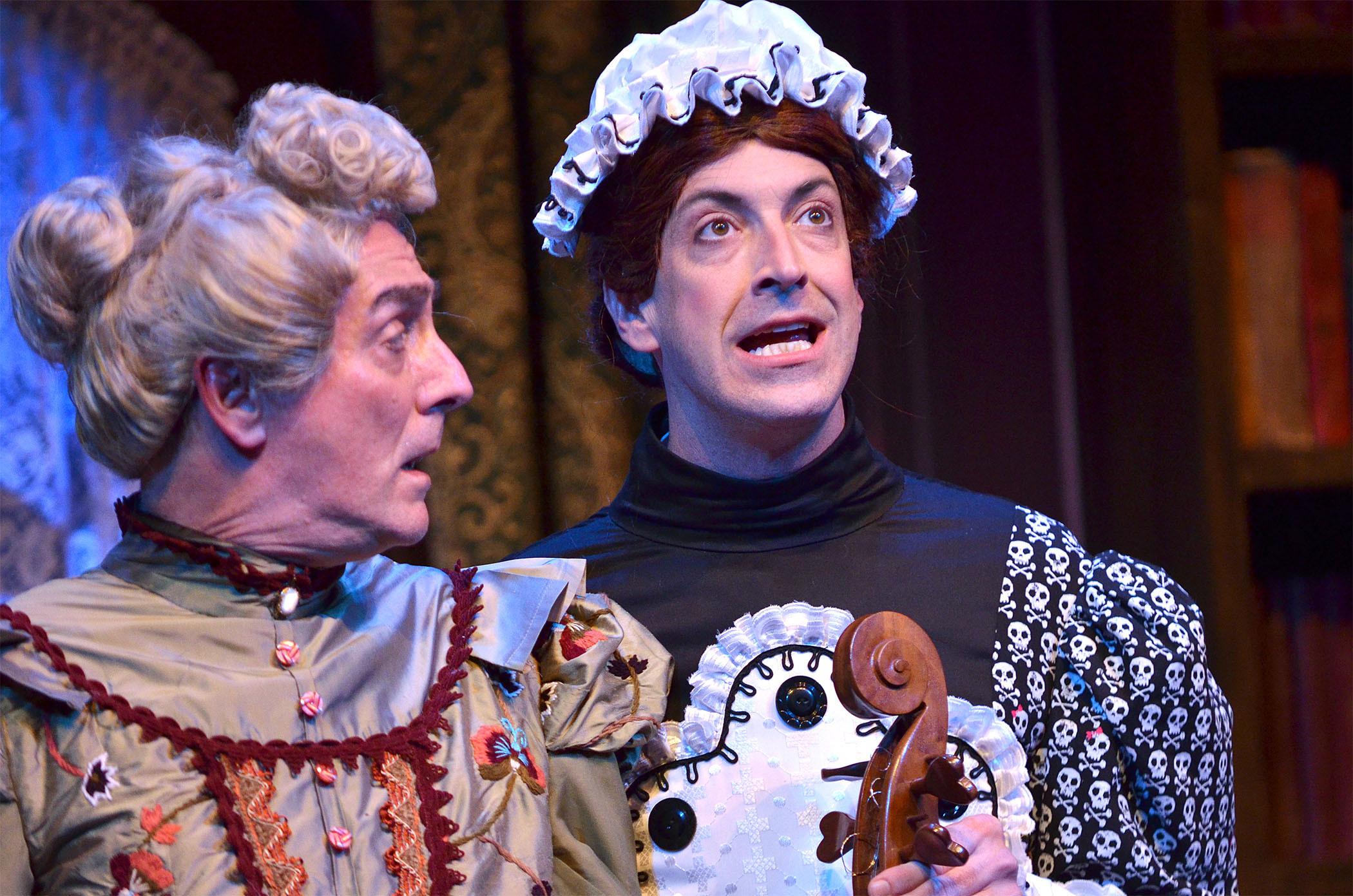Please submit your play analysis for the play you choose to read in Charles Busch's collection. This will count as a quiz grade for the marking period. You may leave your play books by the door when you leave, if you wish and I will return them to the library.

Charles Ludlam is best known for the theatrical movement: The Theatre of the Ridiculous.
"The Theatre of the Ridiculous" made a break with the dominant trends in theatre of naturalistic acting and realistic settings. It employed a very broad acting style, often with surrealistic stage settings and props, frequently making a conscious effort at being shocking or disturbing. "Ridiculous" theatre brought some elements of queer performance to avant-garde theater. Cross-gender casting was common, with players often recruited from non-professional sources, such as drag queens or other "street stars." [We see this trend continue with the plays of Charles Busch].
Plots in these "ridiculous" plays are often parodies or re-workings of pop-culture fiction, including humor and satire to comment on social issues. Improvisation plays a significant role in the plays, with the script acting as a blueprint for the action.
"The Theatre of the Ridiculous" made a break with the dominant trends in theatre of naturalistic acting and realistic settings. It employed a very broad acting style, often with surrealistic stage settings and props, frequently making a conscious effort at being shocking or disturbing. "Ridiculous" theatre brought some elements of queer performance to avant-garde theater. Cross-gender casting was common, with players often recruited from non-professional sources, such as drag queens or other "street stars." [We see this trend continue with the plays of Charles Busch].
Plots in these "ridiculous" plays are often parodies or re-workings of pop-culture fiction, including humor and satire to comment on social issues. Improvisation plays a significant role in the plays, with the script acting as a blueprint for the action.
HOMEWORK: None. If you have any missing work, you must turn it in by Friday (the end of the marking period) for partial credit.
Our Fall Coffeehouse is being held on Nov. 8 at 7:00 in the Ensemble Theater. We'd love to see you there.
Our Fall Coffeehouse is being held on Nov. 8 at 7:00 in the Ensemble Theater. We'd love to see you there.





